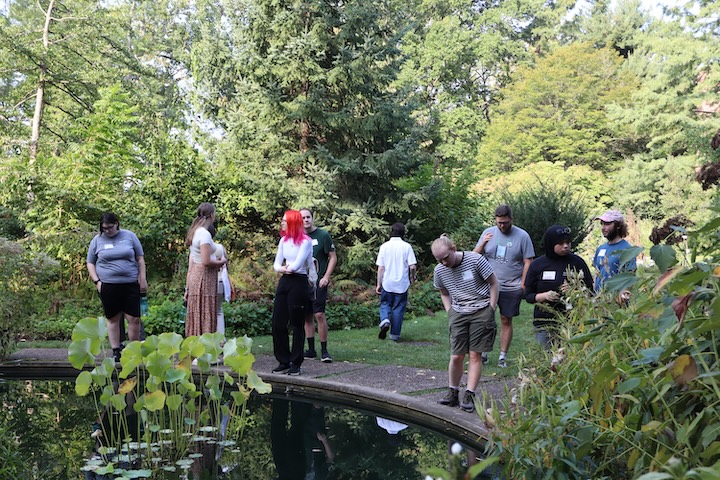Decades-old discovery of shape-shifting bacteria revealed
Scientists from Michigan State University's Department of Microbiology and Molecular Genetics (MMG) connected remarkable bacterial research across decades, from Minnesota to Michigan.
Their results were published in the most recent issue of the Proceedings of the National Academy of Sciences.
In 1928, Arthur Henrici, a pioneer of microbiology at the University of Minnesota, drew with pen on paper his observations of straight Vibrio cholerae, the bacteria that causes cholera. But his observations remained unexplored, and for more than a century, the scientific community accepted that the preferred shape of V. cholerae was curved.
_200x282.jpg)
Fast forward almost 100 years to the lab of Chris Waters, professor of microbial genetics at MSU and member of the Ecology, Evolution, and Behavior Program, where MMG graduate student Nicolas Fernandez was investigating differences in cellular behavior between genetically modified V. cholerae bacteria with a lot of the bacterial signaling chemical known as cyclic di-GMP, or c-di-GMP, versus those with just a little.
"Out of the blue, I decided to look at the V. cholerae cells under the microscope, and cells with a lot of the signal appeared straighter than cells with less," Fernandez explained.
Thanks to a tip from Gary Dunny, Waters' Ph.D. advisor at the University of Minnesota, Fernandez realized he was seeing the same straight shape Henrici saw decades earlier. When other lab members confirmed his unexpected observation, Fernandez knew he had to explore the morphological phenomenon further.
The astounding results of Fernandez's experiments, along with additional research by collaborators Yann DuFour, MMG assistant professor, and Nhu Nguyen, a graduate student in MMG and co-author on the paper, were 100-year-old corroborations of Henrici's conclusion that V. cholerae changes shape and that these changes are not random.
In fact, using advanced techniques unimaginable to Henrici, the MSU scientists have provided genetic and mechanistic support for his hypothesis.



